Best Tuneable Sleeper Cars
Here’s our list of the best tuneable sleeper cars right now. There’s something undeniably cool about a factory-looking base-spec model that leaves supercars for dust. But there are more ways to create a deceptive Ferrari-destroyer than you might think.
Sleeper, Q-car, wolf in sheep’s clothing. Call them what you will, the best sleepers are deceptively quick, have much greater performance than you might expect, and love to go supercar baiting. So let’s take a look at eight the best tuneable sleeper cars you can buy and modify right now.
But not all sleepers are the same. There are many ways to pull the wool over the eyes of other road users: some go to greater lengths in the art of deception, while others are more tuneable and simply add bucket loads more power than you’d ever imagine possible.
As with all sleepers, the focus is on having fun and not taking life too seriously – something which should be applauded in our book. Nobody’s getting the stopwatch out or scrutinising the timing sheets here, it’s all about the size of the grin of you face… and the raised eyebrows of the guy next to you as you disappear off into the distance.
To help get you started we’ve compiled a list of the main categories of sleeper car. Bear in mind these are only guide categories; there’s nothing to say you can’t combine a couple to create your own sleeper.
Sleeper Ranking
- Level 1 – The base model
This is the ultimate wolf in sheep’s clothing, a totally standard-looking base model with a big, highly-tuned engine. Tricks include fitting lower spec bumpers, painting brake callipers and intercoolers black, and hiding exhausts under the car. - Level 2 – The performance model
This is a car that’s obviously a performance model but is much faster than you would expect it to be. It still looks cool as standard, but not over the top. - Level 3 – The unknown
These are the oddballs that most people don’t know anything about. Japanese imports, rear models, or just cars that didn’t sell very well fall so far under the radar that even ‘car people’ struggle to get their heads around them. You can do pretty much whatever you want to these but most people won’t take one seriously – until you leave them for dead that is! - Level 4 – The fake
These are cars deliberately done up to look like they’ve been badly modified but underneath they’re tuned very well. The ultimate deceipt, it’s a car tuning double-bluff. Drivers of posh cars look down on them, only to get one hell of a shock when they get left behind. Cars like this are brilliant fun at track days with lots of exotic machinery to embarrass.
Best 8 tuneable sleeper cars

Mitsubishi Galant / Legnum VR4
- Standard power & torque: 276bhp & 271lb.ft
- Potential power & torque: Over 600bhp & 500lb.ft
As Japanese performance cars go, the Galant / Legnum VR4 is overlooked. But it ticks all the boxes for what you might look for in a performance car – a 2.5-litre twin-turbo motor, four-wheel drive, and manual gearbox – making it one of the best tuneable sleeper cars money can buy. This lack of popularity does means there are relatively few tuning parts available, so you will need to get custom upgrades made or source parts from abroad.
The engine is related to the 3.0-litre V6 found in the 3000 GT Coupe, and that engine has been pushed to 1000bhp in Japan! There are reports that 500bhp can be achieved from this 2.5-litre version on standard internals, and well over 600bhp with the correct upgrades.
There’s no need to de badge the car either; 99 percent of drivers have no idea what a VR4 is. They certainly wouldn’t expect one to be tuned to such big power, so you are free to create a great looking car that’s still a sleeper.
Pros: Twin-turbo V6 and 4WD. Big power potential, even with styling upgrades it will remain a sleeper due to being unknown in the UK.
Cons: Not many off-the-shelf tuning options mean a lot of effort is need for big power. Hard to find for sale in the UK.
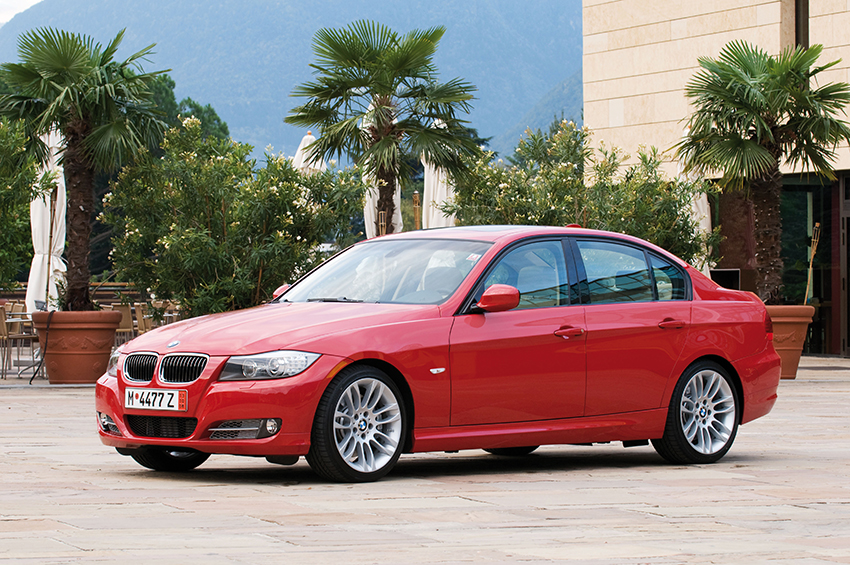
BMW 335d saloon
- Standard power & torque: 282bhp & 428lb.ft
- Potential power & torque: Over 350bhp & 550lb.ft
The car that changed people’s perceptions of diesel performance, the 335d is one of the best tuneable sleepers ever built. It’s a monstrous car straight out the factory, thanks to almost 430lb.ft.
But a simple remap can push that to 350bhp and over 530lb.ft, giving it M3-beating performance. You can see why it made our list of best tuneable sleepers.
The reputation of the turbocharged BMW 335 in both petrol and diesel form is already high, so a 335d coupe with the optional M Sport bodywork is not a sleeper. But a plain saloon version is. Maybe with 320d badges for added deception.
Off the shelf tuning upgrades are limited to traditional air filter, exhaust, and remap upgrades. Mind you, these simple bolt-ons can deliver an additional 70bhp and 120lb.ft, so there’s not much call for anything more.
But, of course, more is possible. And the American tuning market pushed 330d boundaries even further. Hybrid turbos, uprated intercoolers, and high-pressure fuel pumps can all be made to fit, and have been known to take power to over 400bhp and 630lb.ft… at the wheels!
Pros: Seriously rapid with just a remap; has the chassis and suspension to cope with big power increases too.
Cons: Beyond the remap, further increases get expensive per bhp gained. Sporty coupe or M-styled versions aren’t considered true sleepers.
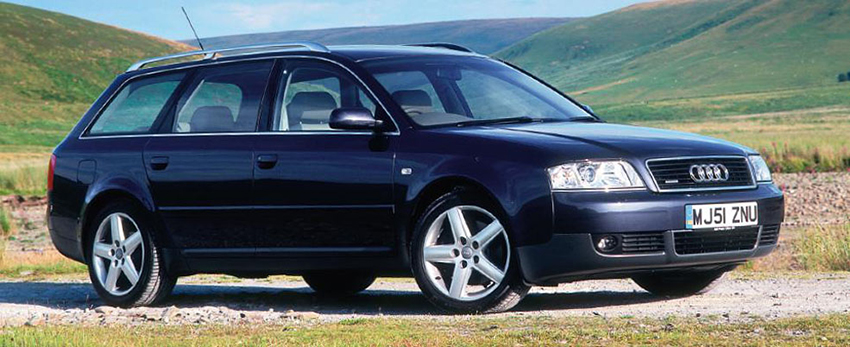
Audi A6 2.7T
- Standard power & torque: 227bhp & 229lb.ft
- Potential power & torque: Over 800bhp & 600 lb.ft
B5 Audi S4s have such a fearsome reputation these days that most people know they’re fast. The S4 could never make our list of the best tuneable sleepers, but the A6 2.7T shares the same basic engine and transmission in a far less obvious bodyshell. And because all the buts and bolts under the skin are the same, the A6 can tap into the massive performance potential tuned S4s enjoy.
You have two options when it comes to the looks: leave the 2.7T badges on it (which would still make quite a good sleeper due to no S or RS badge), or de-badge it for the full sleeper look. Or why not be cheeky and put 1.9 TDI badges on it? Most people wouldn’t be able to tell the difference, so you’d get away with it.
Most RS4/RS6 parts simply bolt straight on, making for easy big brake conversions and even 550bhp of RS6-beating power from the ordinary A6 can be just a few engine and turbo upgrades away.
Pros: A de-tuned Audi S4 in a plain looking body. Parts from S4s and RS4s make for easy bolt-on upgrades. 800bhp-plus tuning potential.
Cons: High S4/RS4 tuning and repair costs. Many have done high miles and been used as tow vehicles. Not great around bends.
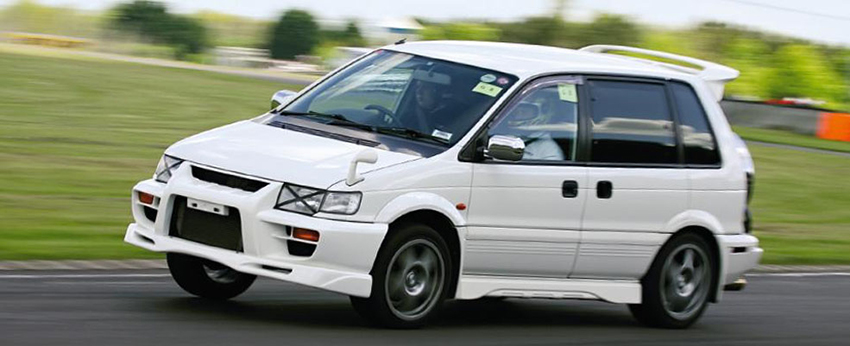
Mitsubishi RVR
- Standard power & torque: 230bhp & 225lb.ft
- Potential power & torque: Over 1000bhp & 700lb.ft
We expect many of you are thinking ‘WTF?’ right now. But bear with us. This is the Mitsubishi RVR, or Spacewagon as it’s often known, and it’s is available with what is basically a de-tuned Lancer Evo engine and 4WD system. As such, it’s one of the best and most tuneable sleeper cars ever built.
Thanks to the formidable engine and running gear, you can potentially run nine-second quarter-miles in something that looks this hideous and has seven seats and a sliding door!
There are versions from the mid Nineties to mid-2000s with full Evo running gear, but the earlier ones are cheaper, lighter, and even more comical to look at, so we prefer these for our list of best sleepers. The main problem is finding one. But keep searching, and once you do find one it’s easy to tune as the fundamental parts are the same as an Evo.
It doesn’t matter how cool you try to make it look or how many overtly performance upgrades you add, nobody would ever expect this obscure people carrier to be this fast.
Pros: The most unexpected big power car ever. Evo engine and running gear makes for almost unlimited potential.
Cons: Not easy to find a manual turbocharged version as most are boring diesel models.
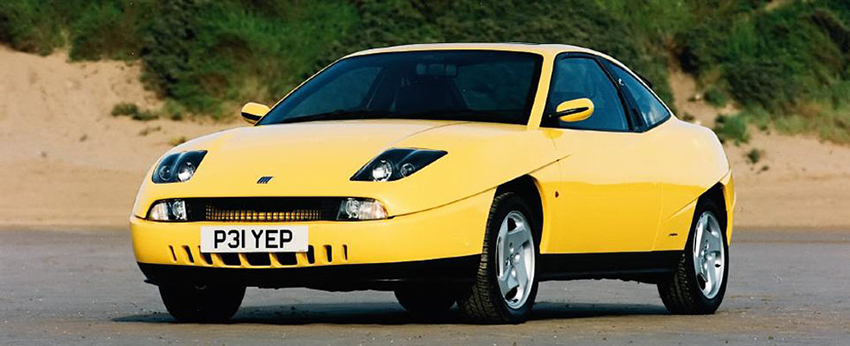
Fiat Coupe Turbo 16-valve
- Standard power & torque: 190bhp & 210 lb.ft
- Potential power & torque: Over 500bhp & 500 lb.ft
Despite being looking the sportiest-looking car in our list of best tuneable sleeper cars, nobody expects a Fiat Coupe to be a supercar slayer. But it can be when tuned.
The 20-valve Turbo may be the top model, but the turbocharged 16-valve motor is the one to go for in our opinion. Why? Because that engine is the same basic design as used in the awesome Lancia Delta Integrale Evo, so the tuning route is well proven. It also has Weber-Marelli P8 engine management that was used on the fast Lancias and Escort Cosworths and can run at huge power levels and have additions like rally-style anti-lag systems too.
Fiat build quality is not fantastic and the car can be a bit of a pain to work on, but with upgraded brakes, suspension, and limited-slip diff you’ll have a fine base for a serious weapon. Not bad for a car that many will write-off as an old, girly looking Fiat.
Pros: Fantastically tuneable engine and management. Integrale engine means well proven tuning paths to achieve high power levels.
Cons: Fiat build quality is suspect. Engine bay can be a pain to work on due to layout. Lancia engine means tuning parts can be pricey.

Skoda Octavia 1.8T 4×4 Estate
- Standard power & torque: 150bhp & 155lb.ft
- Potential power & torque: Over 500bhp & 500lb.ft
You could argue that the Octavia VRS is a bit of a tuneable sleeper itself, but there’s a better base for a more deceiving sleeper in the Skoda range – the obscure 1.8T 4WD estate model. Looking plain and sitting on very high standard suspension, it packs 150bhp as standard and comes with the same Haldex 4WD system as many VAG vehicles.
Combine that with the famously tuneable 1.8T lump and you have a great base for one of the best tuneable sleeper cars around.
The standard engine and turbo can be pushed to around 250bhp – enough to surprise a lot of cars – but once you add bigger turbos and uprated engine internals, as much as 450bhp can be had with ease and reliability.
You can push well over 600bhp if you’re feeling particularly crazy. Being a VAG car, upgraded suspension and brakes are easy to get hold of too, making it an easy sleeper to build. Best of all, these have usually had a much easier life than the VRS versions, making them a safer base for tuning.
Pros: Would fool most tuned car fans. Likely to have had a much easier life than the VRS models. Great engine and 4WD system.
Cons: Never sold well so not easy to find. Any exterior upgrades will make people think it is a VRS, instantly making it far less of a sleeper.
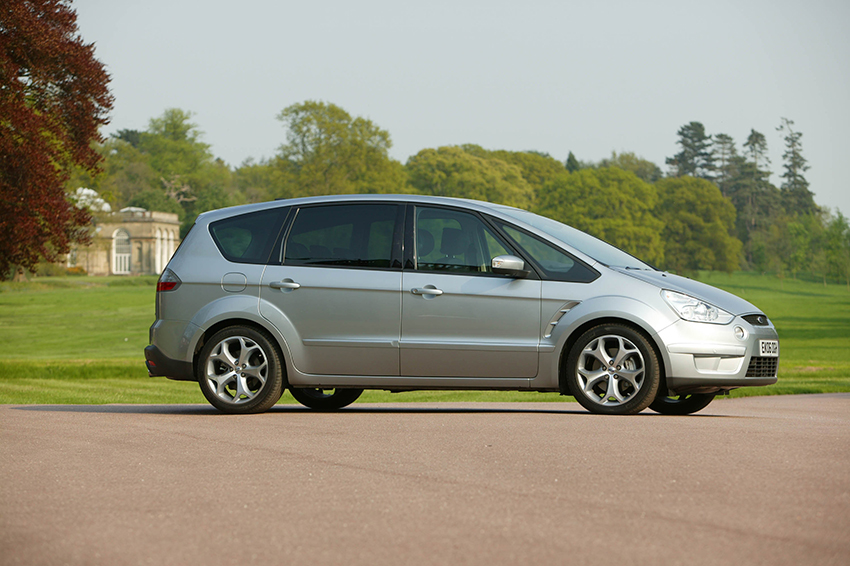
Ford S-Max 2.5T
- Standard power & torque: 217bhp & 236lb.ft
- Potential power & torque: Over 600bhp & 500lb.ft
Everyone knows how tuneable the Ford Focus ST is. Nicknamed the ASBO because of its raucous power delivery in standard trim, the ST has gone on to form the backbone of the UK Ford tuning scene for the last 15 years. Its bigger brother, the RS, builds on this, and we’ve featured Focus STs and RSs with well over 900bhp.
But a Focus ST is not a sleeper. What might surprise you, though, is that Ford also fitted that same 2.5-litre, Volvo-sourced, five-cylinder turbo motor to various other models too. It could be found in the Mk4 Mondeo, and the Mk1 Kuga – both would make excellent tuneable sleepers. But perhaps the best is when it is in the family-wagon S-Max.
Using the same basic engine architecture as the ST and even more powerful RS means performance parts are plentiful and cheap; 300bhp is easily reached with simple bolt-ons but put in a little more effort with things like engine builds, bigger turbos, uprated fuel systems, and standalone engine management systems and there’s no reason you couldn’t tap into the same huge power potential the ST and RS models enjoy.
Pros: Shares engine with Focus ST; easy to tune, lots of performance upgrades available.
Cons: Fuel system is different to Focus ST, so needs replacing for big power. Chassis and suspension can’t cope with the power the engine is capable of.
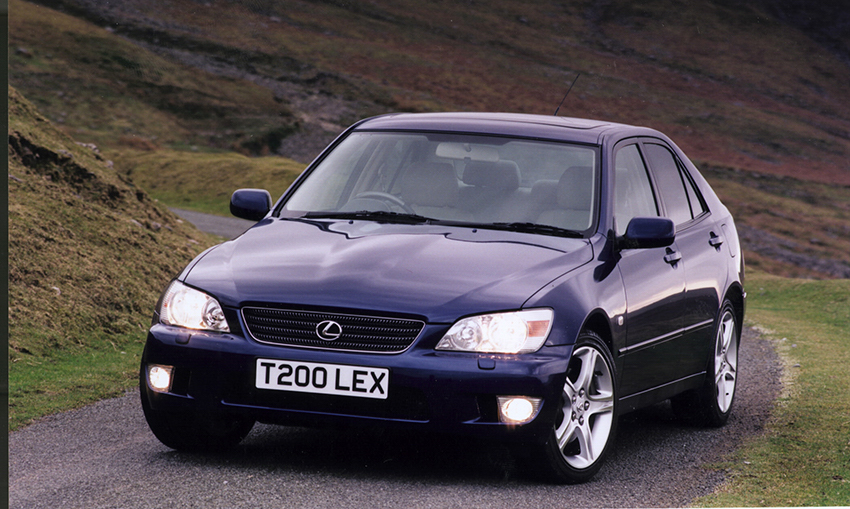
Lexus IS200
- Standard power & torque: 153bhp & 143lb.ft
- Potential power & torque: Over 1000bhp & 800lb.ft
If you could pick any engine to fit to build the best tuneable sleeper around, Toyota’s 2JZ motor would have to be it. It will take 600bhp on stock internals and is tuneable to over 1000bhp with the right upgrades. And is sounds insane too.
The 2JZ is famously found in the Supra, but you’ll also find the same 3.0-litre straight-six under the bonnet of the Lexus IS300 – albeit without the turbos. Don’t bother with N/A tuning the IS300’s 2JZ-GE, just swap it all out for the twin-turbo 2JZ-GTE instead. It’s a surprisingly straightforward swap, and there are even videos on YouTube showing the conversion can be done in 48 hours.
The IS300 could be considered a sleeper, but for maximum impact the lesser-spec, lower power IS200 makes for a better base for the ultimate sleeper. You’ll need to swap over to a few IS300 parts, plus you’ll want a R154 gearbox too. But with that famous Supra straight-six under the bonnet, you’ll have one of the most tuneable sleepers around.
Pros: Immensely tuneable engine. Sounds fantastic. Relatively easy swap.
Cons: Finding IS300 parts can be difficult. You’ll look like Alan Partridge in a ‘Japanese Mercedes’















![Toni Kroos là ai? [ sự thật về tiểu sử đầy đủ Toni Kroos ]](https://evbn.org/wp-content/uploads/New-Project-6635-1671934592.jpg)


